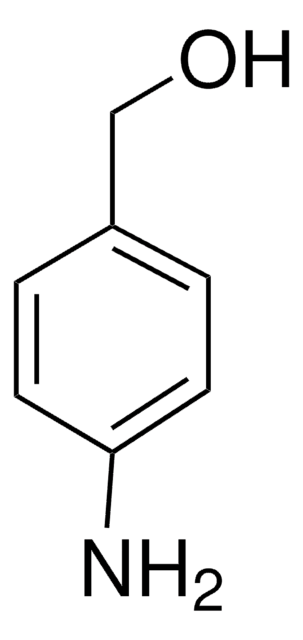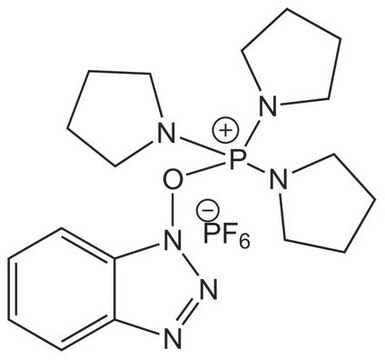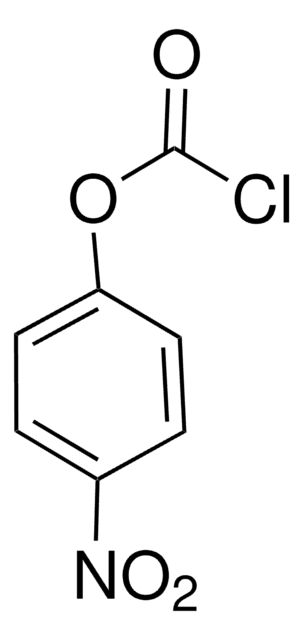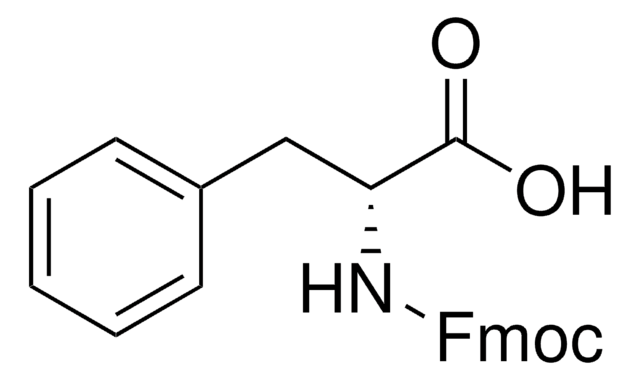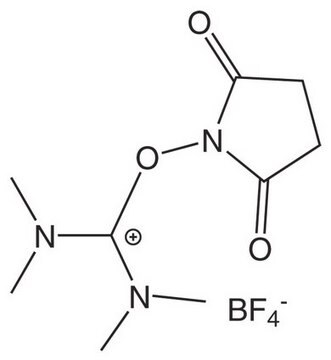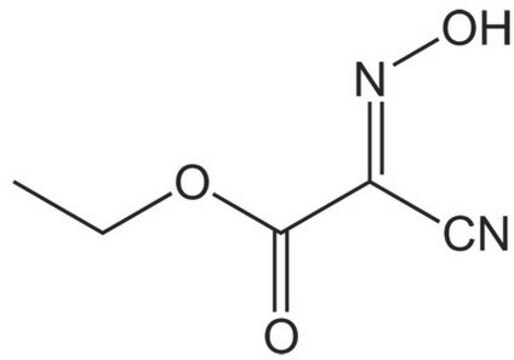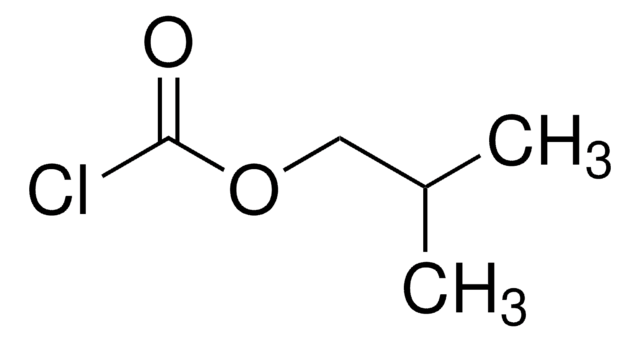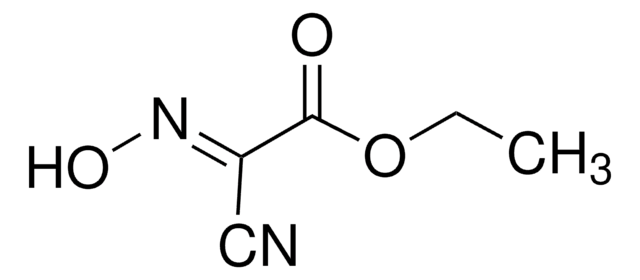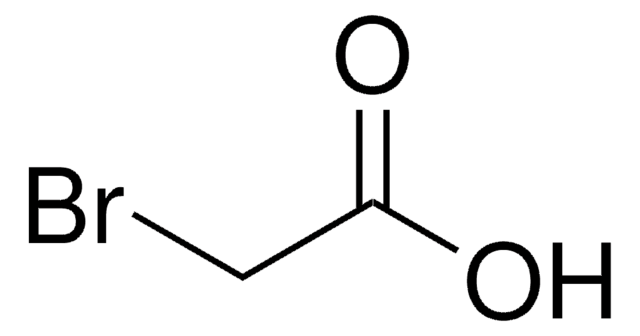149837
2-Ethoxy-1-ethoxycarbonyl-1,2-dihydroquinoline
≥99%, for peptide synthesis
Synonym(s):
N-Ethoxycarbonyl-2-ethoxy-1,2-dihydroquinoline, EEDQ, Ethyl 1,2-dihydro-2-ethoxyquinoline-1-carboxylate
About This Item
Recommended Products
product name
2-Ethoxy-1-ethoxycarbonyl-1,2-dihydroquinoline, ≥99%
Quality Level
Assay
≥99%
form
solid
reaction suitability
reaction type: Coupling Reactions
mp
62-67 °C (lit.)
application(s)
peptide synthesis
functional group
ether
storage temp.
2-8°C
SMILES string
CCOC1C=Cc2ccccc2N1C(=O)OCC
InChI
1S/C14H17NO3/c1-3-17-13-10-9-11-7-5-6-8-12(11)15(13)14(16)18-4-2/h5-10,13H,3-4H2,1-2H3
InChI key
GKQLYSROISKDLL-UHFFFAOYSA-N
Looking for similar products? Visit Product Comparison Guide
General description
Application
- In the regioselective quaternization of chitosan and its amphiphilic derivatives.
- In the preparation of amide-type S-MA derivative-modified QCM sensors.
Storage Class Code
11 - Combustible Solids
WGK
WGK 3
Flash Point(F)
Not applicable
Flash Point(C)
Not applicable
Personal Protective Equipment
Choose from one of the most recent versions:
Already Own This Product?
Find documentation for the products that you have recently purchased in the Document Library.
Customers Also Viewed
Protocols
cAMP Assays protocol from cold spring harbor
Our team of scientists has experience in all areas of research including Life Science, Material Science, Chemical Synthesis, Chromatography, Analytical and many others.
Contact Technical Service


